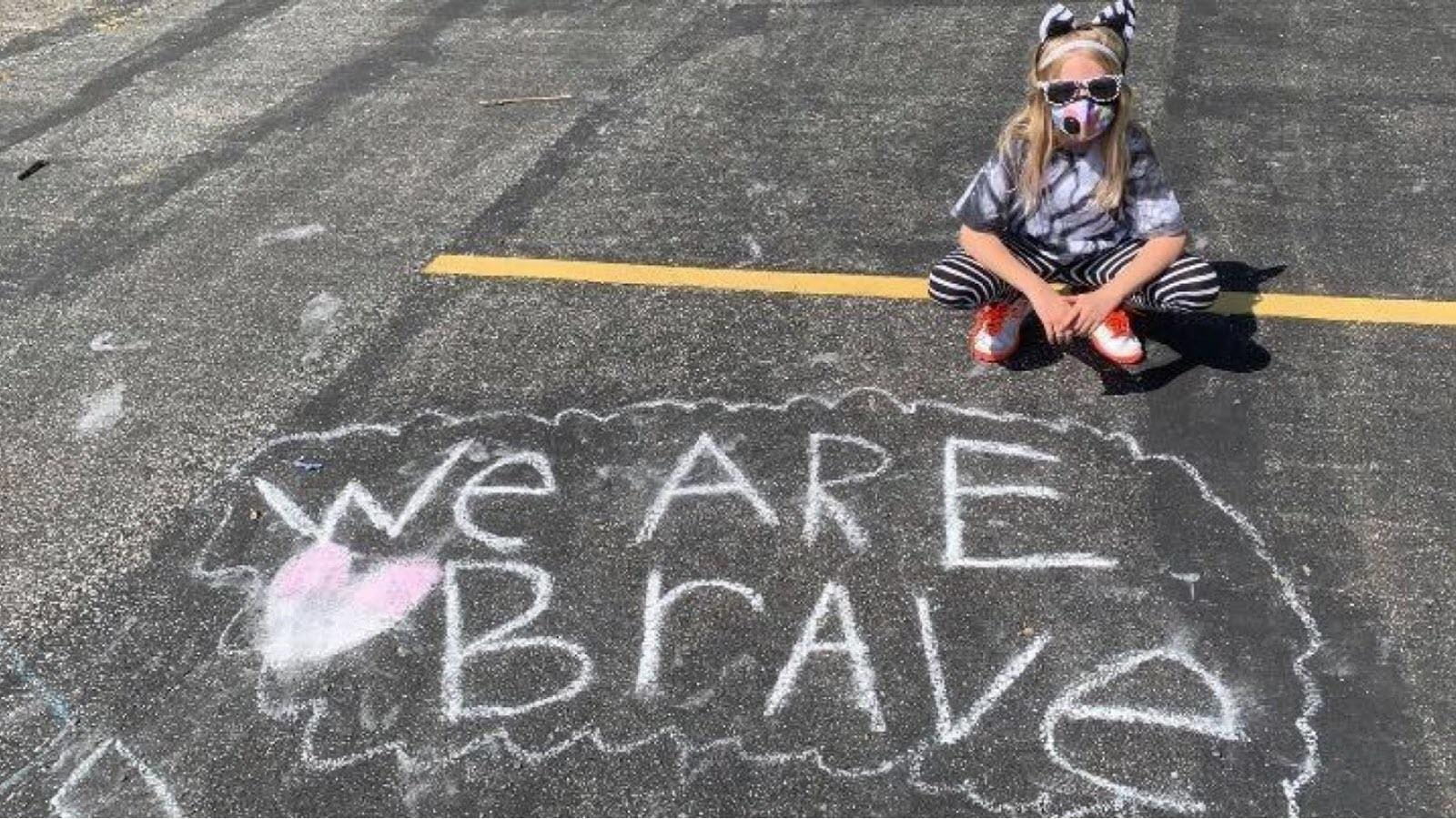It may come as a surprise, but rare diseases are actually pretty common. That’s because there are thousands of them, all rare individually but substantial when viewed as a group. Some estimates put the incidence of rare disease at as much as 10 percent of the population – which amounts to tens of millions of people in the United States alone.
Still, because there are so many different rare diseases, the diagnosis and treatment process can be arduous. The good news is that there are a number of organizations connecting patients and researchers specializing in rare diseases. It’s more likely than ever before that those suffering from a rare disease will find treatment, and hope for their future, experts say.
What is a rare disease?
The exact definition of what makes a disease rare can vary. In the U.S., for example, rare disease is typically defined as any disease affecting less than 200,000 people, or around one in every 1,500 Americans. The European Union, however, defines a rare disease as a rare or debilitating condition affecting fewer than one in 2,000 people. The “debilitating” part means that more minor diseases, no matter how rare, are excluded in the EU definition.
The National Institutes of Health estimates that 25 to 30 million Americans are living with a rare disease. Globally, a 2019 study estimated 263-446 million people are living with a rare disease at any given time, a number that’s likely a conservative estimate. The difficulty of diagnosing, tracking and defining a rare disease makes calculating the exact number difficult.
Estimates of the number of known rare diseases differ slightly as well. The Genetic and Rare Diseases Information Center (GARD) at the NIH maintains a list of around 6,500 rare diseases, while rare disease database Orphanet listed more than 6,000 as of 2012. Many of these are genetic, though some microbial infections, allergic reactions and other conditions are also included. The National Organization for Rare Disorders (NORD) estimates 7,000 rare conditions affecting 300 million worldwide.
New research has also resulted in a more nuanced understanding of many diseases, said Mary Dunkle, a senior advisor at NORD.
“The scientific community has learned over the years that some of the diseases that, years ago, people thought were one disease are actually a group of related but different diseases,” she said.
In recent years, as medical technology has improved, researchers have begun to identify an increasing number of ultra-rare diseases which affect extremely small populations. Dunkle said the organization often interacts with people who might be one of just a dozen worldwide with a specific condition.
Finding a diagnosis
Diagnosing someone with a rare disease is often a challenging process. While some rare diseases, like hemophilia, Huntington’s disease or cystic fibrosis, are relatively well-known, many others are not. This means doctors may have a tough time tracking down the cause of symptoms, and many patients undergo what’s often called a “diagnostic odyssey” to arrive at an actual name for their condition.
In some cases, genetic sequencing provides answers. Many rare diseases are caused by genetic mutations, and in some cases, a mutation to just a single gene. Today, the costs of sequencing a patient’s genome have fallen precipitously compared to just a decade ago. That, combined with an expanding knowledge of genetic variants and the diseases they cause, has made it easier than ever to diagnose genetic conditions.
Scientists are beginning to use gene therapy and gene editing tools to explore treatments for genetic diseases. CSL Behring is among them, having acquired global rights to commercialize an adeno-associated virus (AAV)-based gene therapy for hemophilia B developed and being tested by uniQure.
Resources for rare disease patients
Both GARD and Orphanet provide resources to help patients find treatments, sometimes called “orphan drugs” because their development was supported by programs that remove some of the barriers to manufacturing products needed by a relatively small group of people. GARD, Orphanet and clinicaltrials.gov also can connect people to clinical trials that are researching the effectiveness of potential new treatments.
Still, the most difficult part of the rare disease journey is often the beginning, when finding the correct diagnosis can be challenging. Dunkle says the average time for patients with a rare disease to find a diagnosis has been estimated at around five years.
But doctors today are more aware of the prevalence and burden of rare diseases. And awareness of rare diseases in general is growing as well. Dunkle points to Rare Disease Day, celebrated on the last day of February each year, as an example of success. Patients and groups across the world join together to raise awareness about rare diseases with in-person events, social media campaigns and more.
Dunkle encourages patients with a rare disease to find patient groups for their specific condition. These organizations centralize resources and support to patients at any stage of their journey.
“Even though there are more than 7,000 different diseases, and the individual ways they impact patients and their families are different, there are many shared challenges,” Dunkle said. “We have a lot of common ground.”



